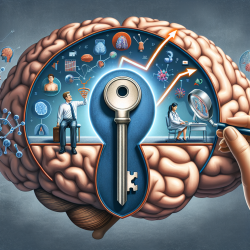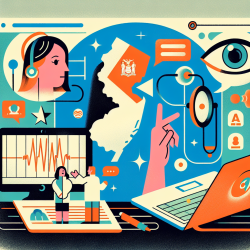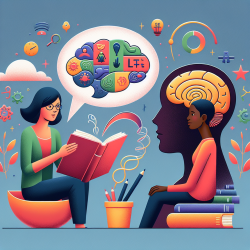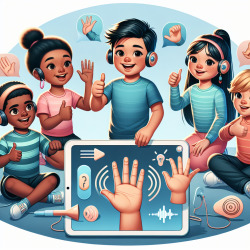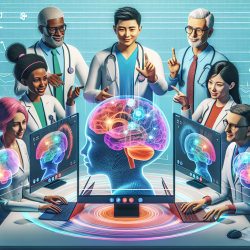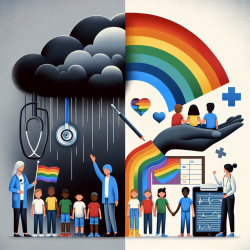As a passionate advocate for evidence-based practices in speech-language pathology, I am thrilled to share insights from the pivotal research article, Case Studies in Diagnostic Education, by Arthur Phillips. This comprehensive study, originally published in 1931, remains highly relevant today, offering invaluable lessons for practitioners dedicated to improving their diagnostic skills and outcomes for children.
In this blog, we will delve into the key findings of the research and explore practical ways to implement these outcomes in your practice. Whether you are a seasoned professional or new to the field, these strategies will help you refine your diagnostic approach and ultimately enhance the quality of care you provide.
Key Findings from the Research
The research by Phillips emphasizes the importance of a systematic approach to diagnostic education. Here are some of the critical takeaways:
- Holistic Assessment: Effective diagnosis requires a comprehensive evaluation of the child's cognitive, emotional, and social functioning. This holistic approach ensures that no aspect of the child's development is overlooked.
- Individualized Diagnosis: Each child is unique, and so should be their diagnostic process. Tailoring assessments to the individual needs of the child leads to more accurate and meaningful results.
- Collaborative Approach: Engaging multiple stakeholders, including parents, teachers, and other professionals, enriches the diagnostic process and provides a more complete picture of the child's needs.
- Continuous Learning: Diagnostic education is an evolving field. Staying updated with the latest research and methodologies is crucial for maintaining high standards of practice.
Implementing the Research Outcomes
To translate these findings into practice, consider the following strategies:
1. Embrace a Holistic Assessment Approach
Begin by conducting a thorough assessment that encompasses all areas of the child's development. Utilize standardized tests, observational data, and input from parents and teachers to gather a well-rounded understanding of the child's strengths and challenges.
2. Customize Your Diagnostic Tools
Adapt your diagnostic tools to meet the specific needs of each child. This may involve modifying assessment tasks, using alternative communication methods, or incorporating culturally relevant materials. Personalized assessments yield more accurate and actionable insights.
3. Foster Collaboration
Build strong partnerships with parents, teachers, and other professionals involved in the child's care. Regularly communicate your findings and collaborate on developing intervention plans. A team-based approach ensures that all aspects of the child's environment are considered.
4. Commit to Continuous Learning
Stay abreast of the latest research and advancements in diagnostic education. Attend workshops, participate in professional development opportunities, and engage with peer-reviewed journals. Continuous learning enables you to integrate new knowledge and techniques into your practice.
Encouraging Further Research
While the insights from Phillips' research are invaluable, the field of diagnostic education is ever-evolving. Practitioners are encouraged to contribute to the body of knowledge by conducting their own research and sharing their findings. By doing so, we can collectively advance our understanding and improve outcomes for children.
Consider exploring the following areas for further research:
- The impact of technology on diagnostic assessments and interventions.
- Longitudinal studies tracking the outcomes of individualized diagnostic approaches.
- Comparative studies on different diagnostic tools and their effectiveness.
- Investigations into the role of cultural and linguistic diversity in diagnostic education.
To read the original research paper, please follow this link: Case Studies in Diagnostic Education.
By implementing these research-based strategies and contributing to ongoing research, we can continue to enhance our diagnostic practices and create better outcomes for the children we serve.
Together, let's strive for excellence in diagnostic education!
